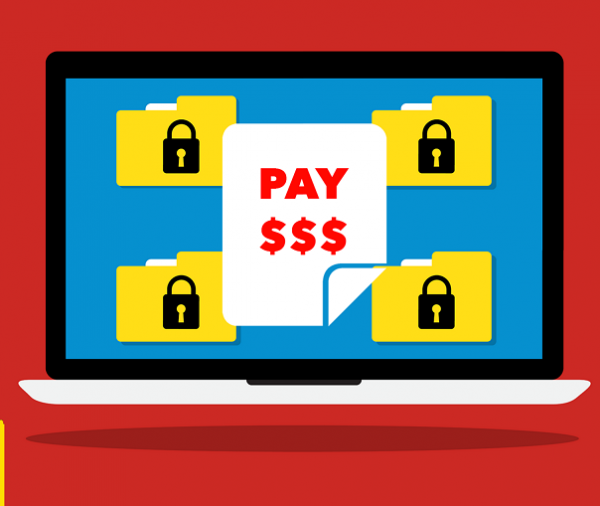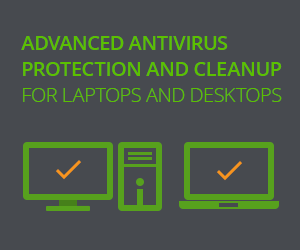[email protected] ransomware originates from the Dharma ransomware family. It deprives its victims of access to their data. To ensure the user cannot render the data affected, such threats as Locky and Dridex resort to RSA and AES ciphers. [email protected] Ransomware is not unique. You cannot open it, unless and until you have a key. In this case, it is a complex alphanumerical combination. Surprisingly, it is very hard to crack the code effectively.

In order to get into the host PC the ransomware resorts to spamming email with ZIP or JS attachments. The hackers behind the rogue are rather addicted to Zipping. The infecting archive may be dubbed Photos.zip or in a similar rather colorless way. Opening the malicious attachment triggers a Windows executable that executes the JavaScript. In its turn, the execution drops malware into the Temporary folder. The item dropped might not be recognized as a virus. The dropped viral code eventually proceeds with the download and installation of [email protected] Ransomware.
The virus does not rush headlong to encrypting every item on your device. First of all, the infection identifies basic features of your working station. If the language is Russian, the ransomware does not execute its payload. The same procedure may apply to some other Eastern European languages.
If the virus executes its payload, it still avoids affecting certain files. Basically, the infection omits system and program files. For that purpose, it excludes some files by their path (those stored in Boot, Windows, etc.). On the other hand, any other items get encrypted.
When the data is locked, the rogue comes up with its ransom demand. The users concerned find the relevant messages in .txt or .bmp format created in any folder affected. The message does not differ much from other variants of Dharma virus. It invites the victims to pay with Bitcoins and send screenshots to specified address. Eventually, the infection suggests paying a ransom amounting from 2 BTC to 11 BTC.
There is no ultimate solution to ensure the malicious encryption by [email protected] ransom Trojan is fixed for good. Paying the ransom, however, neither ensures the decryption nor is a cost-efficient or decent way to get rid of Bart Ransomware. Kindly consider the best practice of withstanding the [email protected] ransomware as outlined below. Many users concerned have managed to retrieve their data and report favorable outcome upon completing the suggested procedure.
Automatic removal of [email protected] ransomware
The benefits of using the automatic security suite to get rid of this infection are obvious: it scans the entire system and detects all potential fragments of the virus, so you are a few mouse clicks away from a complete fix.
- Download and install recommended malware security suite
- Select Start Computer Scan feature and wait until the utility comes up with the scan report. Proceed by clicking on the Fix Threats button, which will trigger a thorough removal process to address all the malware issues compromising your computer and your privacy.
Restore files locked by [email protected] ransomware
[email protected] represents a unique category of malicious software whose attack surface reaches beyond the operating system and its components, which is why removing the virus itself is a part of the fix only. As it has been mentioned, it encrypts one’s personal information, so the next phase of the overall remediation presupposes reinstating the files that will otherwise remain inaccessible.
-
Launch data recovery software
Similarly to the rest of its fellow-infections, [email protected] most likely follows an operational algorithm where it erases the original versions of the victim’s files and actually encrypts their copies. This peculiarity might make your day, because forensics-focused applications like Data Recovery Pro are capable of restoring the information that has been removed. As the virus further evolves, its modus operandi may be altered – in the meanwhile, go ahead and try this.
-
Take advantage of Volume Shadow Copy Service
This technique is based on using the native backup functionality that’s shipped with Windows operating system. Also referred to as Volume Snapshot Service (VSS), this feature makes regular backups of the user’s files and keeps their most recent versions as long as System Restore is on. [email protected] virus hasn’t been found to affect these copies therefore the restoration vector in question is strongly recommended. The two sub-sections below highlight the automatic and manual workflow.
- a) Use Shadow Explorer
Shadow Explorer is an applet that provides an easy way of retrieving previous versions of files and folders. Its pro’s include an intuitive interface where the computer’s entire file hierarchy is displayed within one window. Just pick the hard disk volume, select the object or directory to be restored, right-click on it and choose Export. Follow the app’s prompts to get the job done.

- b) Use file properties
Essentially, what the above-mentioned Shadow Explorer tool does is it automates the process that can otherwise be performed manually via the Properties dialog for individual files. This particular approach is more cumbrous but just as effective as its software-based counterpart, so you can proceed by right-clicking on a specific file, which has been encrypted by [email protected] ransomware, and selecting Properties in the context menu. The tab named Previous Versions is the next thing to click – it displays available versions of the file by date of the snapshot creation. Pick the latest copy and complete the retrieval by following the prompts.

-
Data backups work wonders
Ransomware like [email protected] virus isn’t nearly as almighty and destructive in case you run regular file backups to the cloud or external data media. The virus itself can be completely removed in a matter of minutes, and the distorted information can then be just as easily recovered from the backup. Luckily, this is a growing trend, so ransom Trojans are hopefully going to become less subversive in the near future.
Verify thoroughness of the removal
Having carried out the instructions above, add a finishing touch to the security procedure by running an additional computer scan to check for residual malware activity
